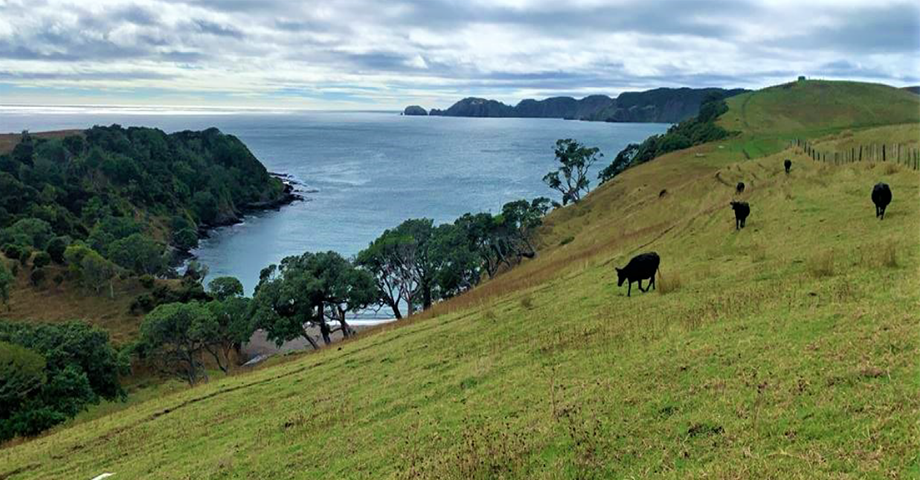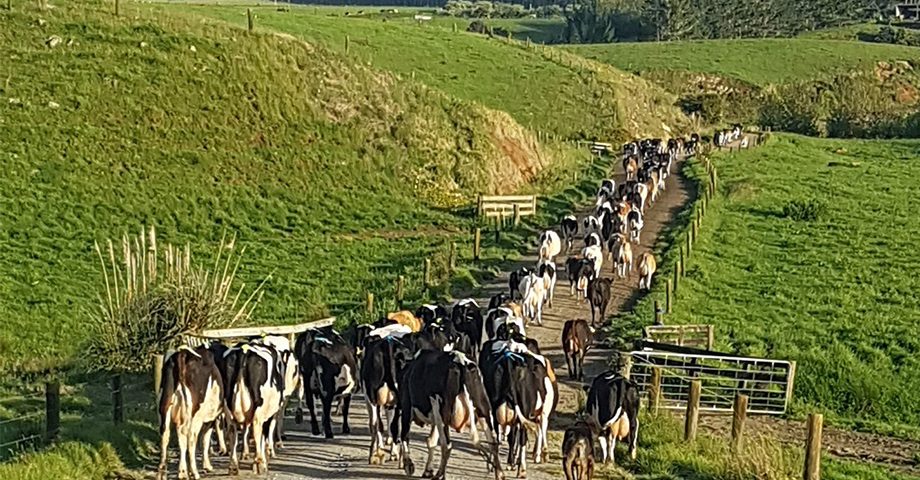
Executive summary
This report examines risk management practices on Canterbury dairy farms and explores whether there is a need for the development of an Enterprise Risk Management (ERM) framework specific to the dairy sector.
The report also identifies the supply of diesel to farms as critical to ensuring business continuity after an adverse weather event or seismic natural disaster. It studies the likelihood of an earthquake on the Alpine Fault on New Zealand’s South Island, or a tsunami caused by a rupture in the Hikurangi subduction zone off the east coast of the North Island. The report also considers the supply of diesel in New Zealand and looks at a number of factors that might disrupt the diesel supply chain.
2.1 Just some of this report’s Key Findings are:
- Dairy farms in Canterbury are heavily reliant on diesel generators for electricity backup, with most farms having at best a month’s supply of diesel to maintain operations.
- The likelihood of a significant earthquake (M8+ or more) at the southwestern end of the Alpine Fault is statistically relevant with one researcher estimating the probability of a rupture of this magnitude within the next fifty years at approximately thirty percent. In this circumstance, Canterbury’s roading and transport infrastructure is likely to be significantly compromised.
- Similarly, Canterbury’s ports are susceptible to both near source tsunami and distant source tsunami potentially damaging fuel import terminals at Lyttelton and Timaru.
- The COVID-19 pandemic and incidents like the Suez Canal blockage have highlighted vulnerabilities in international supply chains, leading to increased costs and delays for New Zealand.
- The closure of the Marsden Point oil refinery in 2022 has reduced New Zealand’s flexibility in fuel supply and increased its vulnerability to supply chain disruptions and global security threats.
2.2 Just some of this report’s Recommendations are:
- On farm – for farmers regular refilling of the diesel tank is important. Most farmers are on a regular fuel distribution route managed by their fuel supply company. Remote monitoring might also be an option for farmers who use a lot of diesel and need more regular topping up.
- On farm – where the well for stock water is close to the dairy shed, the pump could be run from the same electricity mains switchboard as the dairy shed to minimise the need to have a second generator to run a stock-water pump.
- Generation technology – farmers looking at their back-up electricity supply options could look at new generation technologies, such as PV solar and batteries, which are becoming more affordable and provide the farm with a layer of generation capacity that doesn’t rely on off-farm inputs such as diesel.
- AF8 and SAFER – given the high probability of a significant rupture of the Alpine Fault, it would be prudent for the New Zealand Government and local councils to continue its research and preparedness training alongside local councils and other relevant statutory bodies. Possibly, Tsunami should also be taken into account during these planning and training exercises.
- ERM research – there is need for further research into the topic of risk management on farm, and the need for the development of an ERM framework for dairy farms and potentially the wider farming community.
Peter Saunders




